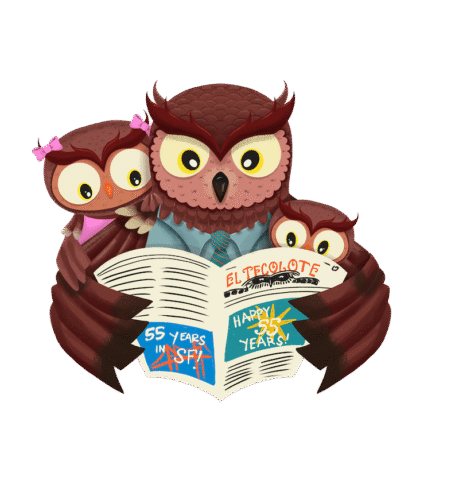
When you hear that a movie set in Cuba in the years prior to the country’s 1959 Socialist Revolution has been nominated by the U.S. Film Academy, the political motivations behind this act seem suspect, and it calls the film’s merits into doubt.
Nonetheless, the filmic merits of “Chico & Rita” are indeed many: It is a delight for the senses and a joy from start to finish. Viewers will be stunned by the animation and spectacular settings, as well as a memorable soundtrack by the Cuban musician, Bebo Valdés.
And if there were any political motivation to distribute this film in commercial theaters in the U.S., it would be for the music, however indirect that may be.
“Chico & Rita” is a testament to the rich Cuban heritage of jazz music, in particular that genre so recently eliminated as a category from the Grammys awarded by the U.S. Academy of Music, ‘Latin Jazz’.
In the words of Tono Errando, manager of the film’s animation team, the ‘40s and ‘50s “are a fantastic period where Cuban musicians go to New York and link up with Anglo-Saxon jazz musicians. This fusion changed the music of the era.”
In addition to Errando, the directing of “Chico & Rita” (a Hispanic-British co-production) was taken on by filmmaker Fernando Trueba and graphic artist Javier Mariscal.
The script, structured around various ‘flashbacks’, revolves around a love story. “A classic: a girl and a guy. She is a singer and he is a pianist … It is a film filled with music and love and sensuality and color … with how life brings them together and tears them apart like in a song, like in a bolero,” Trueba explained.
“It could be very beautiful to tell the story of the musicians. And he told me no, that should be the backdrop to the film”, Mariscal said, referring to a conversation with Trueba during the movie’s production.
Javier Mariscal, creator of the “Cobi” mascot for Barcelona Olympics in 1992 and the movie’s illustrator, said, “Before starting to draw we said, ‘which song goes here?’ and then we knew how action had to advance from there.”
With a $13 million budget, the animation in “Chico & Rita” is stylized, as opposed to the sensational approach of productions like “Cars 2,” another Oscar candidate which cost $200 million. The animation team consisted of various work units in the Philippines, Hyngary, Latvia, Brazil and Spain.
“We didn’t work with sophisticated software … for all those of us who believe that you can make animation … for adults, with themes that go beyond Christmas and adventures for kids,” Mariscal said.
The directors traveled to Cuba to rehearse with flesh and bone actors and “give the visual information of the actors’ movements to the animators and pull off more organic, human camera maneuvers,” Trueba said.
In addition to winning an Oscar for “Belle Epoque” in 1994 with a very young Penelope Cruz, Treuba made the documentaries “Calle 54” (2000)—with Bebo and Chucho Valdés, Cachao, Gato Barbieri, Tito Puente, and other greats of Latin music—and “Blanco y Negro” (2003)—with Bebo Valdés and the flamenco singer Diego “El Cigala”.
His passion for music led him to produce seven discs with Bebo Valdés between the years of 2000 and 2008, winning six Grammys.
The musical background for the love story brings to mind names like Xavier Cugat, Antonio Machín, Perez Prado, Mario Bauza, La Lupe, Chano Pozo, Bebo Valdés, Machito, Tito Puente and many others that brought son, the bolero, the mambo, the rumba, or the cha-cha-cha to the United States.
And bearing witness to how both traditions became fused as told by “Chico & Rita” is a history lesson with huge cinematographic merit for the Grammy’s head honchos.
It’s a movie that all music, graphic arts, and movie lovers shouldn’t miss. A delight for the senses.
The movie is showing in San Francisco on Friday, Feb. 17 at the Embarcadero Cinema. It can also be seen in Berkeley, San Rafael, and San José.
—Translation Alex Cachinero Gorman


